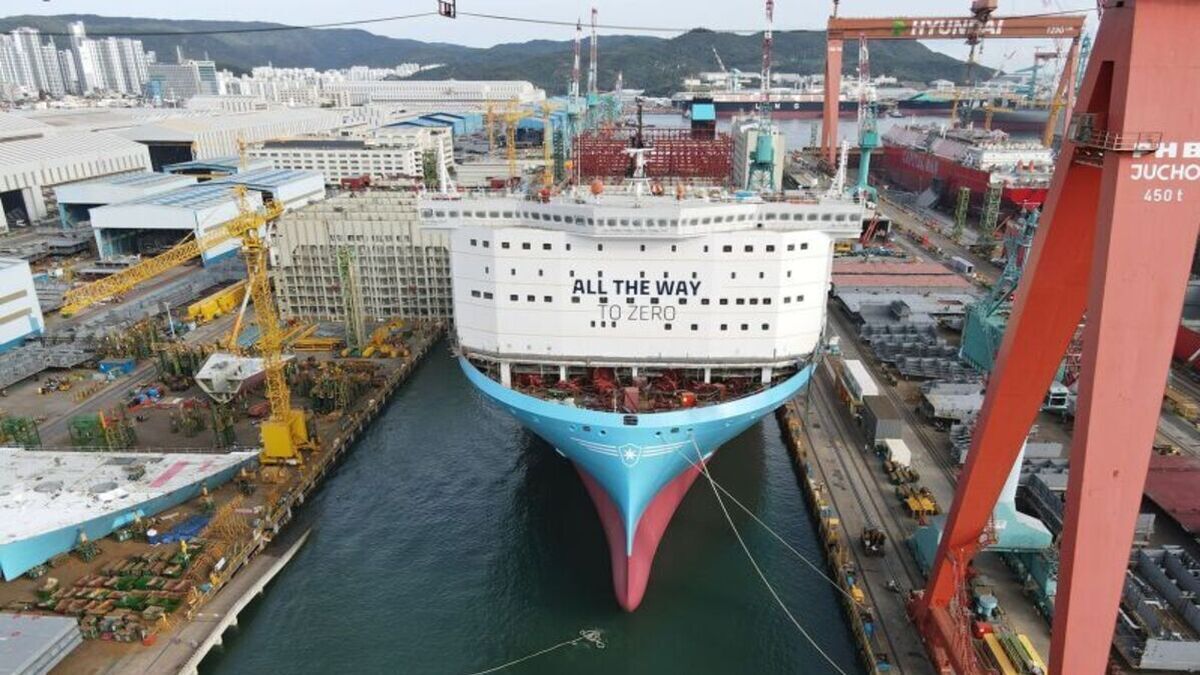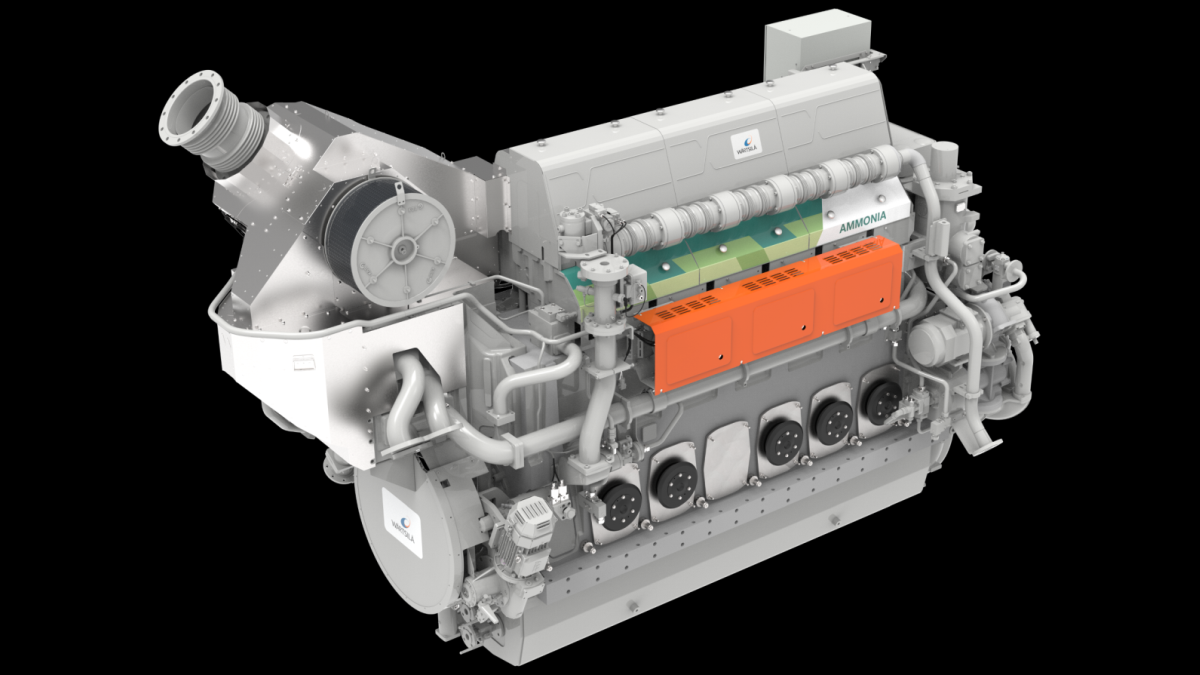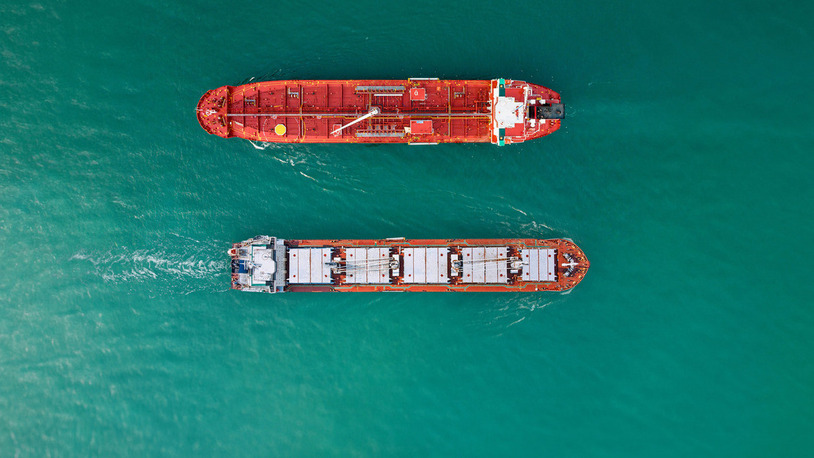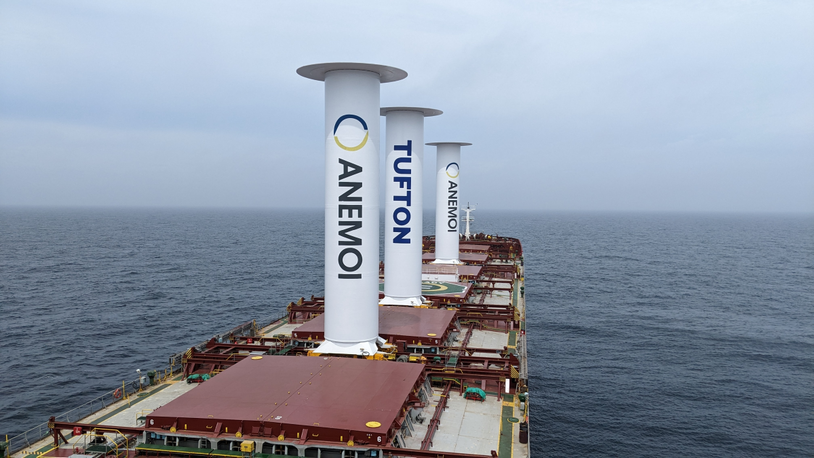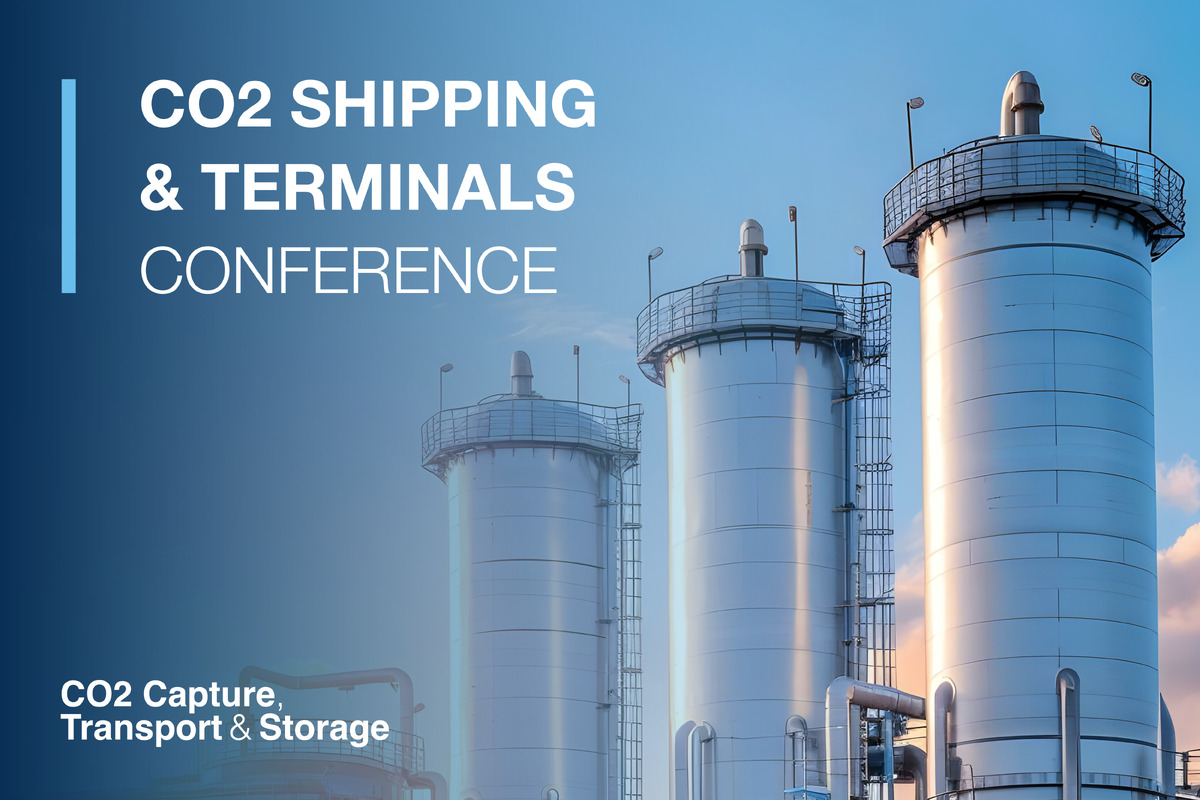Business Sectors
Contents
Register to read more articles.
Editor’s choice 2023: fuelling the future of shipping from ammonia to wind
Marine Propulsion editor John Snyder highlights developments in marine propulsion, engine technology and fuels that shaped shipping’s path to net-zero emissions in 2023
Methanol as a marine fuel emerged as the biggest story of 2023, with a contracting spree pushing the orderbook to 205 newbuilds as of mid-December, according to DNV Alternative Fuels Insight. Overall, 51.3% of the ships on order have the capability of burning an alternative fuel, with LNG representing 40.3%, methanol 8.0%, LPG 2.2% and battery/hybrid 0.8%.
Maersk’s container ship Laura Maersk served as the poster child for methanol in 2023, making its maiden voyage from South Korea to Copenhagen in September. Bunkered with green methanol produced by OCI HyFuels, the 2,100-TEU box ship was proof positive that a ship could operate on the low-carbon fuel, advancing methanol’s viability as an alternative to support shipping’s decarbonisation.
Despite Maersk’s success, the price, availability and scalability of low- and zero-carbon fuels continues to obscure a realistic commercial path ahead for shipowners.
Maersk and other deep-pocketed liner companies called for the end of fossil-fuel only newbuildings along with other regulatory measures to speed decarbonisation at COP 28 in Dubai.
Meetings at IMO headquarters in London in July set more definitive goals for greenhouse gas (GHG) emissions reduction, setting indicative check points for 2030 and 2040, while striving for net-zero by or about 2050. Ambitions were outlined to increase the uptake of zero or near-zero GHG emissions technologies, fuels and energy sources, with goals of reaching at least 5%, striving for 10%, of the energy used by international shipping by 2030.
Green ammonia and hydrogen are both promising paths to net-zero, according to Antwerp-based shipowner CMB, which is not only ordering ships, but working with enginebuilder WinGD and investing in producing its own supply of green fuels.
Strides were made in medium-speed engine technology, too, with Wärtsilä bringing the first ammonia dual-fuel, four-stroke engine to market, securing its first order for the Wärtsilä 25 from Norwegian owner Viridis Bulk Carriers.
And Anglo Belgian Corp and CMB.Tech have secured type-approval from Lloyd’s Register for their BeHydro hydrogen-powered dual-fuel engines. The first hydrogen-powered tug, Hydrotug 1, equipped with the engine technology, is in the Port of Antwerp ready for commercial operations.
Both Wärtsilä and MAN unveiled new developments in methanol dual-fuel engines.
Hydrogen fuel-cell technology is being trialled, including on one of the first hydrogen fuel cell-powered ferries in the world, Sea Change, which will go into operation in San Francisco Bay.
Nuclear option
Nuclear power for both merchant ship propulsion and floating power applications is gaining new interest.
“There are 160, mostly naval, nuclear-powered vessels today, and we find that it is a technically feasible solution for the case-study ship, with a reactor and gensets for redundancy and take-me-home functionality,” notes DNV in its Energy Transition Outlook 2023 report. “We find that nuclear propulsion can be a competitive option if reactor costs are in the lower range of historical costs for land-based nuclear power plants.
China State Shipbuilding Corp’s Jiangnan Shipyards unveiled a 24,000-TEU nuclear-powered box ship design concept at the Marintec China maritime exhibition in Shanghai in December.
Shipping is also turning back the clocks to the days of sail to make improvements in propulsive efficiency, lower fuel consumption and reduce emissions. Several systems have been tested on bulk carriers, with the world’s largest ore carrier, Sohar Max, to be retrofit with five rotor sails by Brazilian mining giant by Q2 2024.
DNV says, “Wind-assisted propulsion has already delivered yearly fuel savings of between 5% and 9% for certain ships, according to vessel owners and operators, and is claimed to have the potential to reach 25%. Potentially, the gains can be higher if newbuilds are specifically designed to carry sail systems. By combining wind-assisted propulsion technology with weather routeing algorithms and logistics optimisation (eg allowing for lower speed), the advantages of sailing can be enhanced by generating optimal routes for individual vessels”.
Onboard carbon capture and storage is seen as an important bridging technology to greener fuels but is still in its earliest stages of development. Besides technical and operational challenges, shipping must also overcome regulatory hurdles before there can be wider uptake.
Sign up for Riviera’s series of technical and operational webinars and conferences in 2023:
- Register to attend by visiting our events page.
- Watch recordings from all of our webinars in the webinar library.
Related to this Story
CMB.Tech 'positive' on IMO's new framework, hails ammonia as 'the way forward'
IMO’s net-zero plan poised to pressure ageing fleet with rising costs
Events
Reefer container market outlook: Trade disruption, demand shifts & the role of technology
Asia Maritime & Offshore Webinar Week 2025
Marine Lubricants Webinar Week 2025
CO2 Shipping & Terminals Conference 2025
© 2024 Riviera Maritime Media Ltd.


